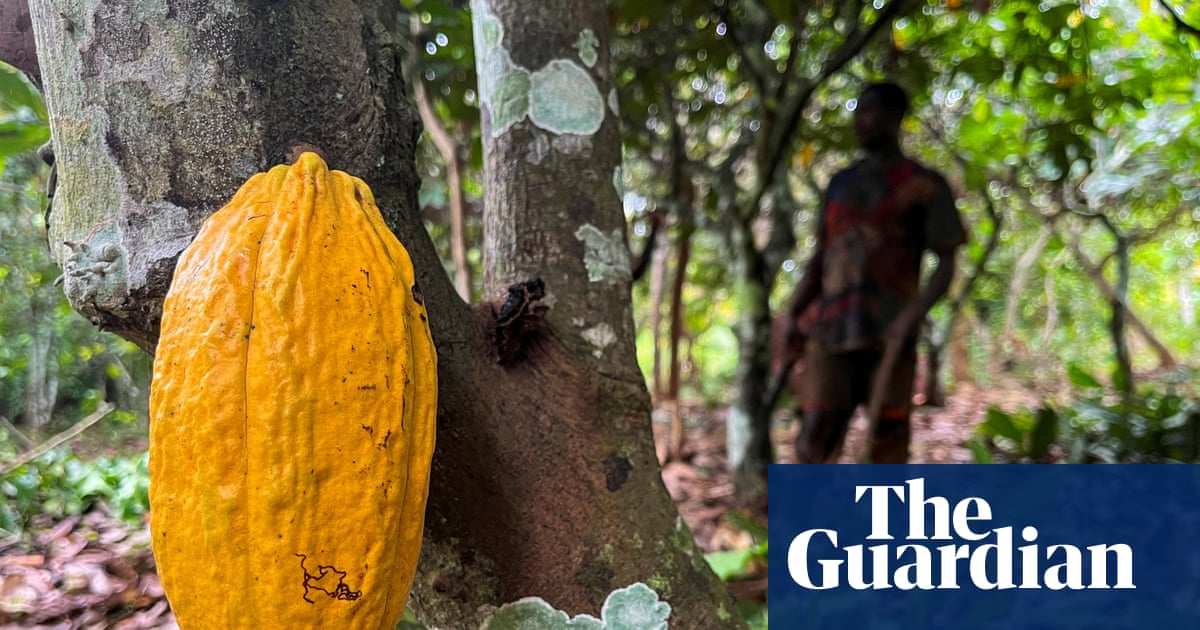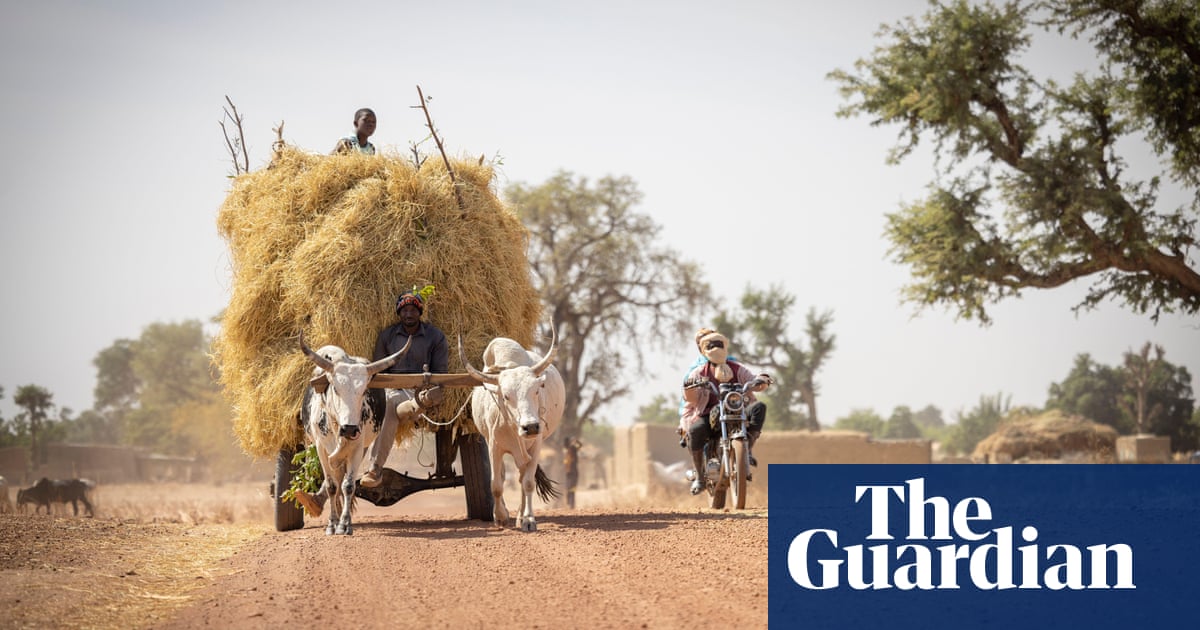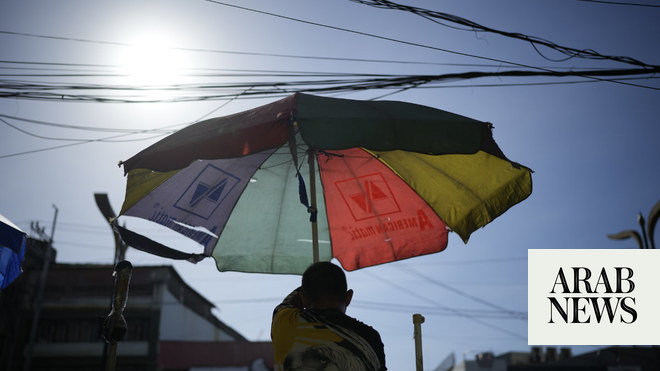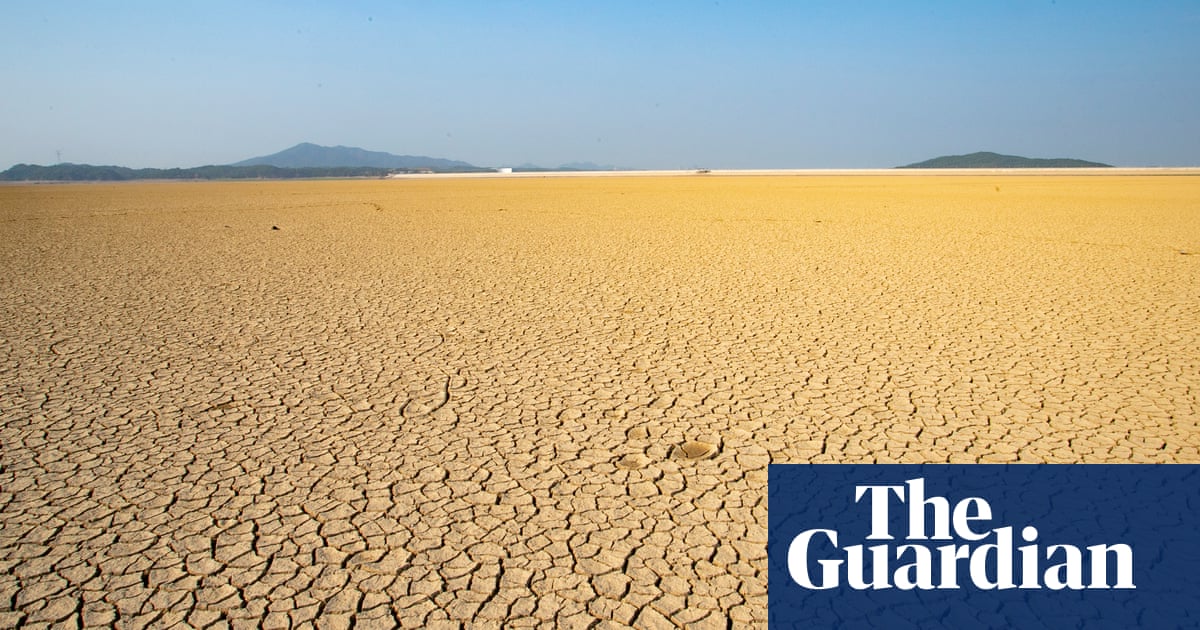
A searing heatwave that struck west Africa in February was made 4C hotter and 10 times more likely by human-caused global heating, a study has found.
The heat affected millions of people but the number of early deaths or cases of illness are unknown, due to a lack of reporting.
The region is the world’s largest exporter of cocoa, and farmers said the heat weakened their trees, which were already damaged from extreme rainfall in December. Prices for cocoa, the key ingredient in chocolate, have soared in recent years due to climate-related damage to the crops, and the latest heatwave adds further pressure.
The study, by the World Weather Attribution group of scientists, found that the heatwave would have happened less than once a century in a world without climate change. But instead it was a once-a-decade event, with an average of 1.2C of global heating over the last four years.
If emissions from burning fossil fuels are not rapidly reduced and global temperatures rise to 2C above pre-industrial levels, such heatwaves will occur every other year, the scientists said.
The most severe heat occurred from 11 to 15 February, with temperatures peaking above 40C and averaging 36C. Humidity was also high, making it harder for people to cool down by sweating. The heat index, a measure combining temperature and humidity to reflect how heat feels, was 50C. “That is very dangerous for the human body,” said Izidine Pinto, of the Royal Netherlands Meteorological Institute.
Wasiu Adeniyi Ibrahim, of the Nigerian Meteorological Agency, said: “The February heatwave happened early in the year, meaning many people wouldn’t have been acclimatised to the heat. With every fraction of a degree of global warming, heatwaves like this will become even hotter.”
Globally, this February was the hottest February ever recorded, the ninth month in a row that such a record has been broken. Carbon emissions, which continue to rise, and the return of the El Niño phenomenon have driven the high temperatures.
Meteorological organisations in Nigeria and Ghana provided advance warnings about the heat but many of the other countries affected have not carried out planning for dangerous heat.
“Many people do not appreciate the dangers of heat [but high temperatures] are silent killers,” said Maja Vahlberg, of the Red Cross Red Crescent Climate Centre. “They can be incredibly deadly for the elderly, people with existing health conditions and outdoor workers. Roughly half of the west African population also lives in informal housing, rendering millions of people highly vulnerable to extreme heat.”
Farmers in Ivory Coast said in February that the high temperatures and lack of rain were damaging their crops. In March, major cocoa plants there and in Ghana stopped or reduced processing because they could not afford to buy the beans, Reuters reported. The price of cocoa beans has risen to an unprecedented high of more than $8,000 a tonne, more than three times the price in March 2020.
“There was probably an impact from the heat because it also increased evaporation and left the crops without moisture in the soil,” Pinto said.
Amber Sawyer, of the Energy and Climate Intelligence Unit in the UK, said: “Farmers in west Africa who grow the main ingredient of the Easter eggs many of us are looking forward to are struggling in the face of both extreme heat and rainfall. Wealthy nations like the UK can provide support to developing countries [but] ultimately we have to reach net zero emissions. There are limits to the conditions in which crops can grow.”
The UN has estimated that the cost of adaptation to the climate crisis for developing countries is between $215bn and $387bn. The global community delivered just $21bn in 2021.
The heatwave coincided with the Africa Cup of Nations held in Ivory Coast, where players were given extra cooling breaks during games to protect their health.
The WWA report used weather data and climate models to compare the frequency and intensity of the heatwave in today’s heated world with that in a world without global warming, which is a well-established methodology used in hundreds of studies to date.
The region studied was in southern west Africa, where the heat was most extreme, including Nigeria, Benin, Togo, Ghana, Ivory Coast, Liberia and Sierra Leone.












